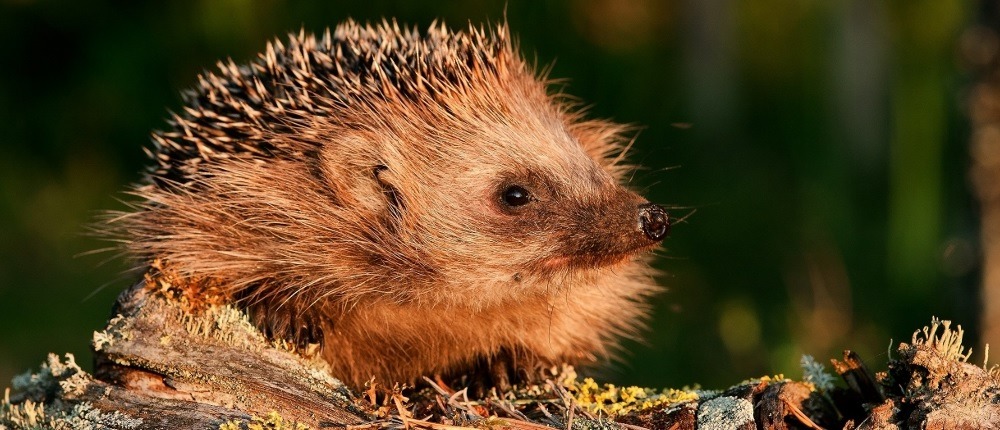Mammals at The Woollen Mill
During our first summer in North Wales, it was the profusion of beautiful butterflies in the garden which initially fascinated us. But it wasn’t long before we started to enjoy the many birds that visited the garden. It soon became clear that the hedgerows, meadows and woodland around the mill were also home to many marvellous mammals.
On one occasion, Dave was surprised to see an enormous hare hopping down the lane in front of his car. I was disappointed that I missed the spectacle! For my part, I was amused and annoyed in equal measure when I discovered that a squirrel was visiting the front garden on a daily basis to pinch our strawberries! The cheeky chappie had been running over the footbridge across the river from the woodland to grab a tasty snack!
There are also badgers around the area but I think we need to invest in night vision goggles if we are going to see them! Badgers are illusive creatures but it is nice to know that they are there.
You won’t be surprised to hear that the local fields are home to hundreds of sheep. Occasionally a sheep will escape and wander along the lanes. I recently got the fright of my life when I was out late at night taking the dogs for a toilet break when I heard what sounded like a stampede. I turned around to see a dozen sheep charging towards me hotly pursued by Dougal. It transpired that the gate into the field next door was open. It took me ages to heard the sheep back into the field and retrieve Bodie and Dougal who were enjoying the adventure enormously.
There are animals everywhere you look around here and they often appear when you are least expecting them. There’s never a dull moment if you take a walk, even if it is midnight! We often wonder what we are going to see next. Hopefully it will be that enormous hare again. He sounds amazing but I haven’t managed to catch sight of him yet.
WHICH MAMMALS WILL YOU SEE AT THE WOOLLEN MILL?
CHECK OUT OUR FURRY FRIENDS!
Hare
There are two species of hare in the UK: the European brown Hare and the Mountain Hare. It is European brown hares that you might be lucky enough to see around the mill. Sadly, hares are in decline in the UK. Their numbers have dropped by a worrying 80% in the last 100 years and they are now extinct in some of the areas in which they once thrived. Intensive farming and the loss of hedgerows are largely to blame for the demise of the hare. The fabulous hedgerows around here have ensured that they can prosper in Gwynedd. However, hares are game animals and there is no closed season so they can be shot at any time.
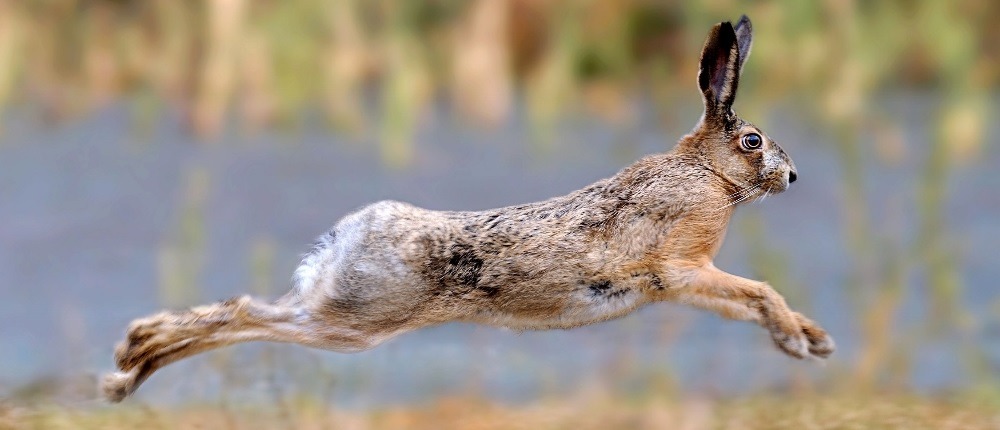
Grey Squirrel
The woodland opposite the Woollen Mill is home to several grey squirrels. The cheeky little chappies sometimes run over the footbridge to visit the garden. I know it isn’t fashionable to like grey squirrels as they have been responsible for wiping out most of our native red squirrels since their introduction from North America. They also have a tendency to eat garden plants, or in our case, strawberries. But I rather like them! If I see squirrels when I am out walking, I always stop to watch their antics and they are an amusing sight when they scurry across the bridge. If they see the dogs, they are quick to run straight back over the water to the woods!
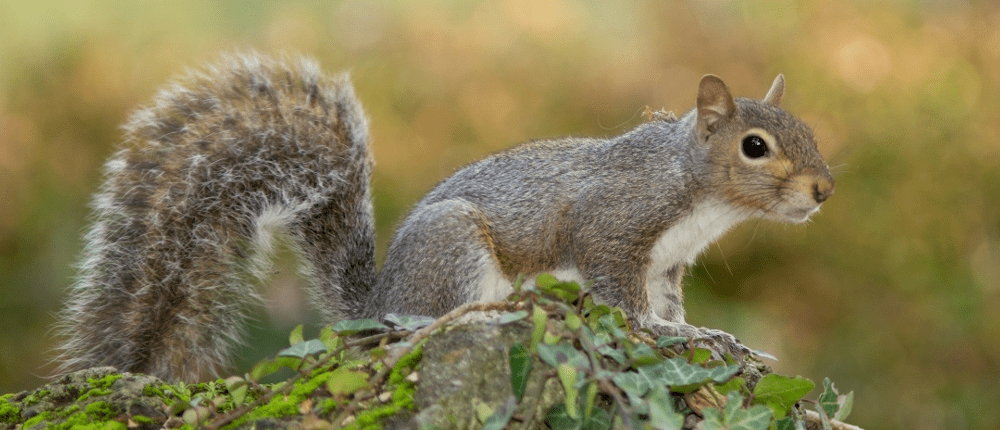
Badger
We have badgers around the mill but sadly the only time we tend to see them is when they have been hit by a car in the lanes. Badgers are not yet an endangered species in the UK and they are not predated but there are estimated to be only 280,000 left in the wild. That might sound like quite a lot. However, over 40,000 badgers are killed on the roads every year. It is people and their vehicles which are the badgers’ enemies. They are largely nocturnal animals and so tend to be wandering around at times when motorists can’t see them until it is too late. We hope that you are fortunate enough to see at least one live badger during your visit.
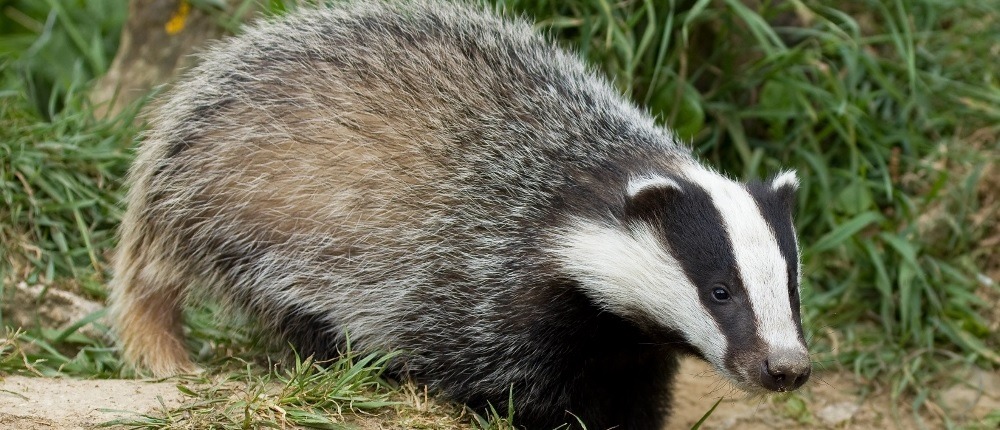
Water Vole
Water voles are under threat as a result of habitat loss and predation by the American mink. However, the banks of the Llyfni provide the perfect habitat for these rodents. Often mistaken for brown rats, water voles live along rivers and streams. Burrows in the river bank which may have grass around the entrance are a good sign that water voles are around. These interesting creatures tend to eat in the same place over and over again, leaving piles of nibbled grass and stems by the water’s edge. They have chestnut-brown fur, a blunt, rounded nose, small ears, and a furry tail. You might be lucky enough to spot one and they can be seen all year round.
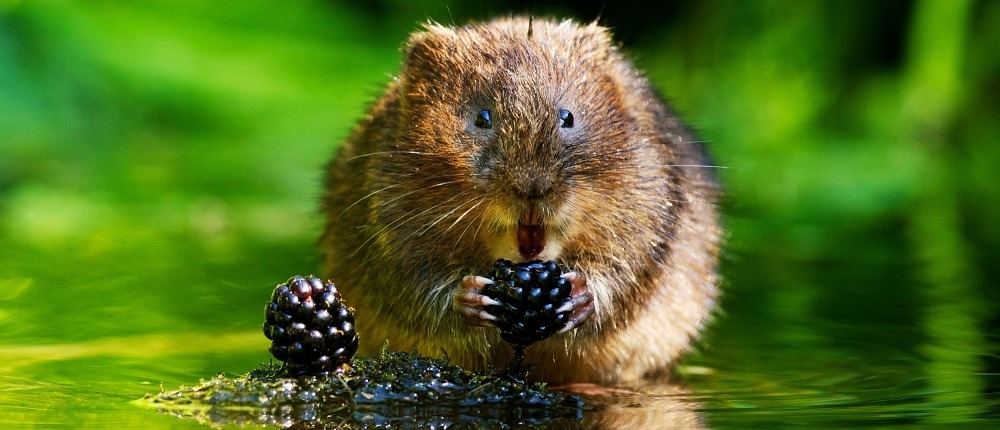
Water Shrew
The UK’s largest species of shrew, the water shrew lives almost exclusively in wetland habitats. It spends most of its time hunting for insects to eat on land or in the water. The water shrew is a highly efficient swimmer and has stiff hairs on its back feet and tail which help it move through the water. Up to 9.5 cm long, the shrews live in burrows on the banks of rivers and streams. They breed all summer long and can produce up to an incredible 15 young in a each litter. The water shrew is not endangered, perhaps partly because it breeds so prolifically, but is a protected species in the UK.
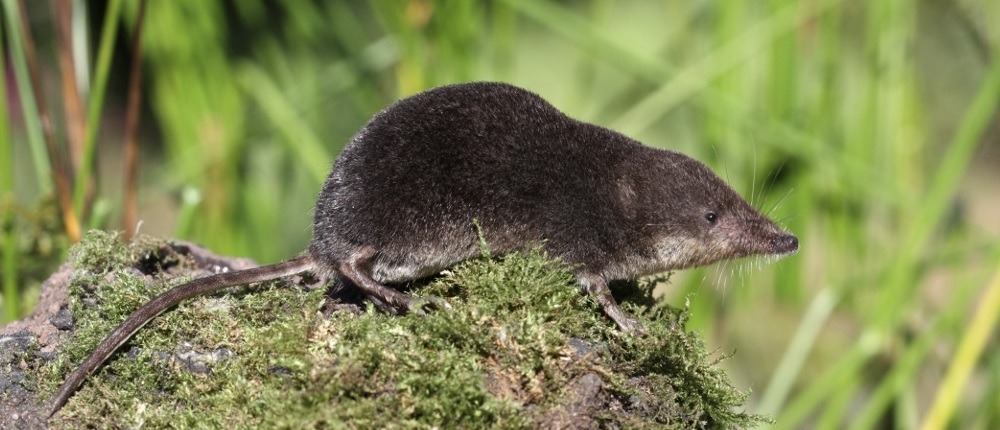
Hedgehog
We haven’t yet seen a hedgehog around the mill but we believe that they visit the garden as there are holes under the wall which are clearing being used by something to gain access. The profusion of slugs in the garden would certainly be attractive to Britain’s favourite mammal. Sadly, hedgehogs are in sharp decline. It is estimated that 50 million roamed the country in the 1950s but there are only 522,000 left. The loss of hedgerows is primary to blame but we have amazing hedgerows locally. I am sure there are hedgehogs out there and I can’t wait to see one of these cuties!
